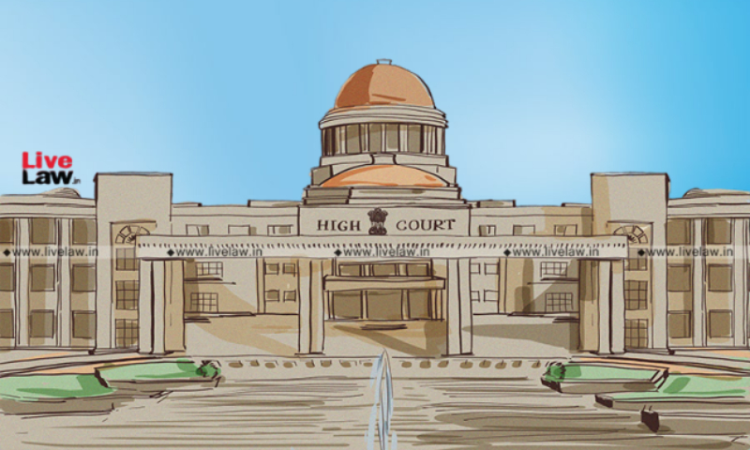S.17 (1A) SARFAESI Act | Jurisdiction Of DRTs Can't Be Solely Decided Based On Location Of Asset: Allahabad High Court Clarifies
Upasna Agrawal
15 April 2024 12:30 PM IST

Next Story
15 April 2024 12:30 PM IST
The Allahabad High Court has held that jurisdiction of the Debt Recovery Tribunal to entertain application under Section 17 of Securitization and Reconstruction of Financial Assets and Enforcement of Security Interest Act, 2002 cannot be based solely on the location of the secured asset.The bench comprising of Justice Jaspreet Singh and Justice Manish Mathur held that the DRT in...
